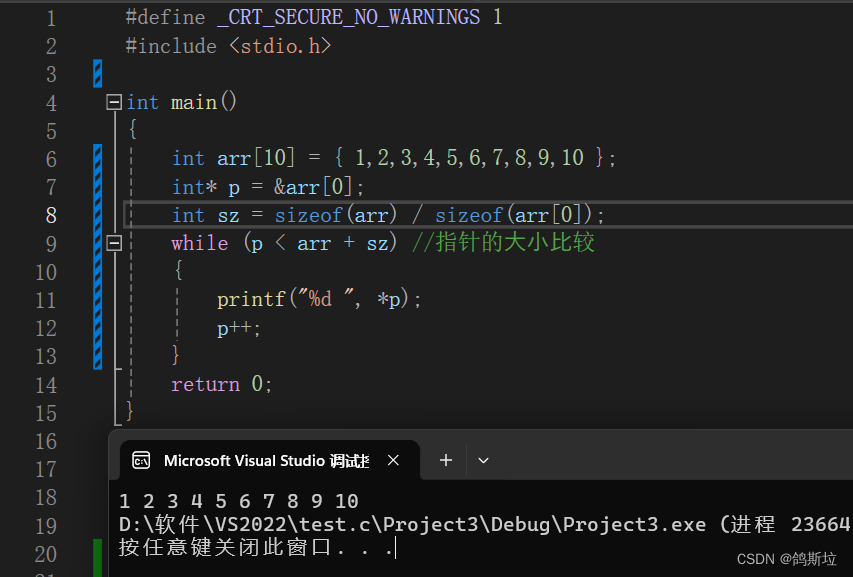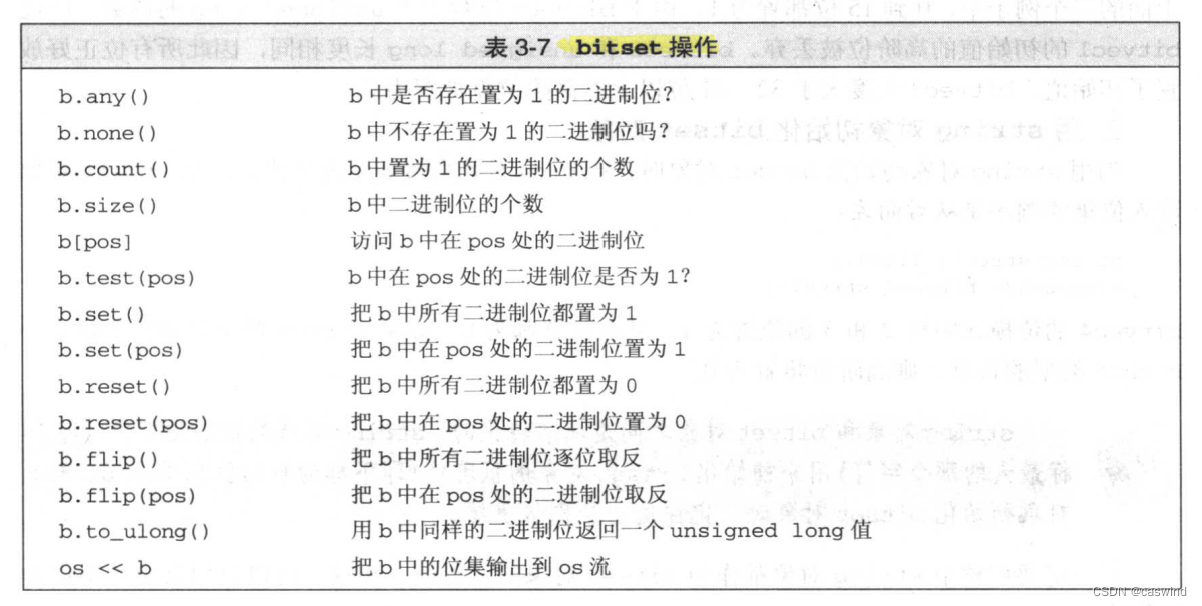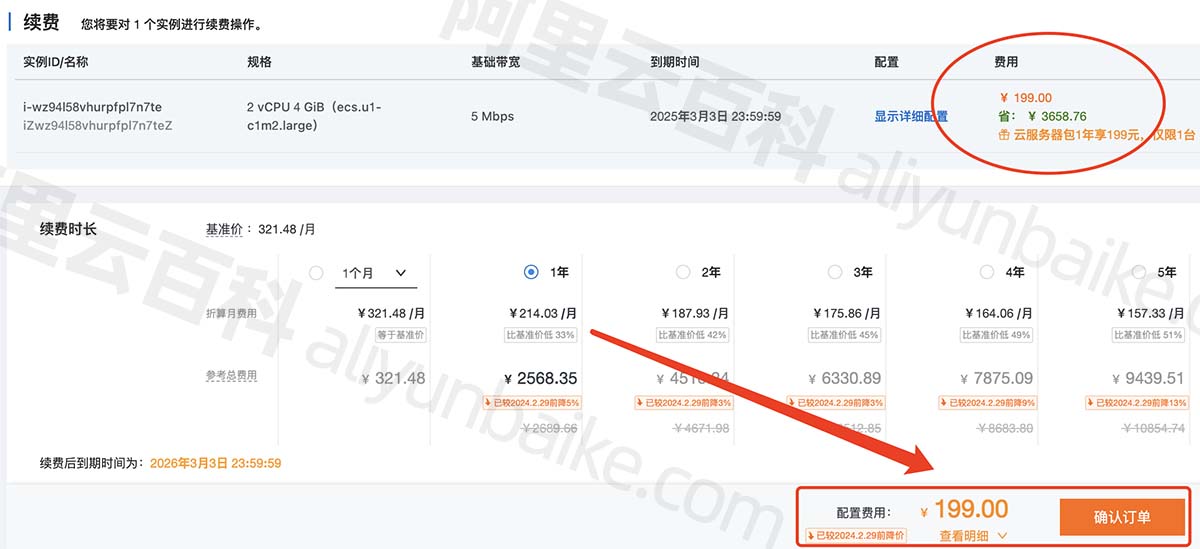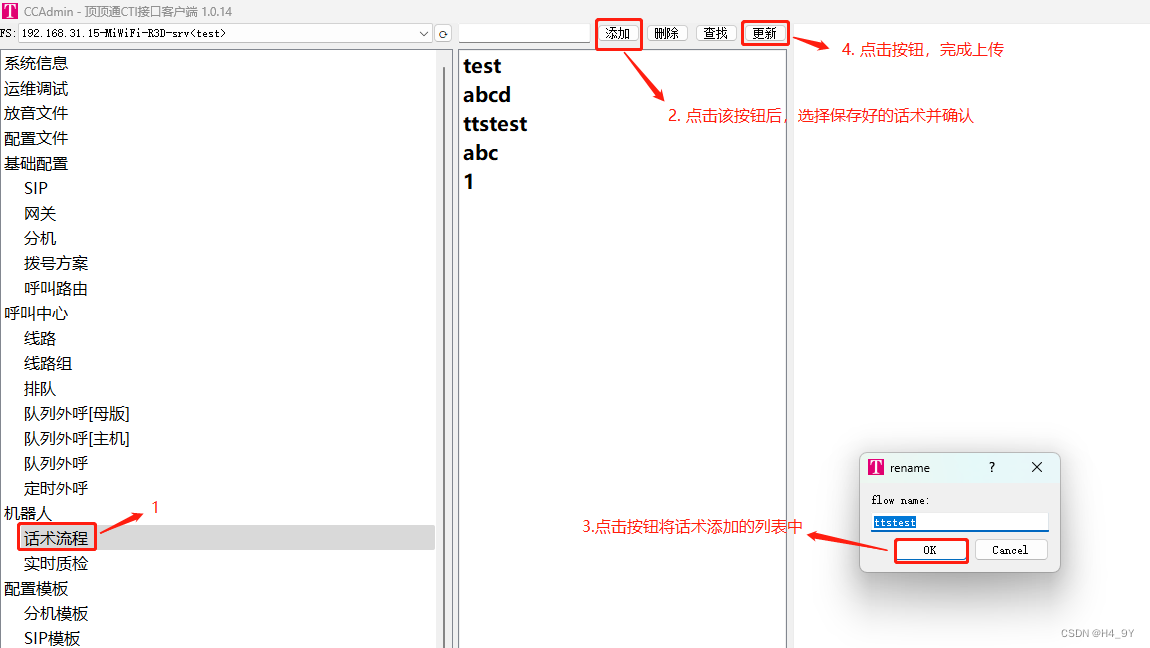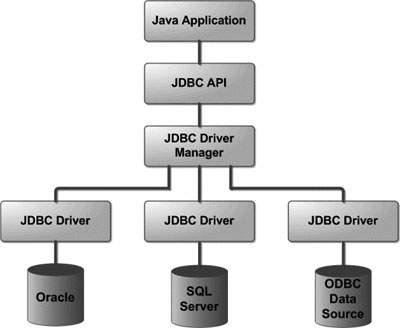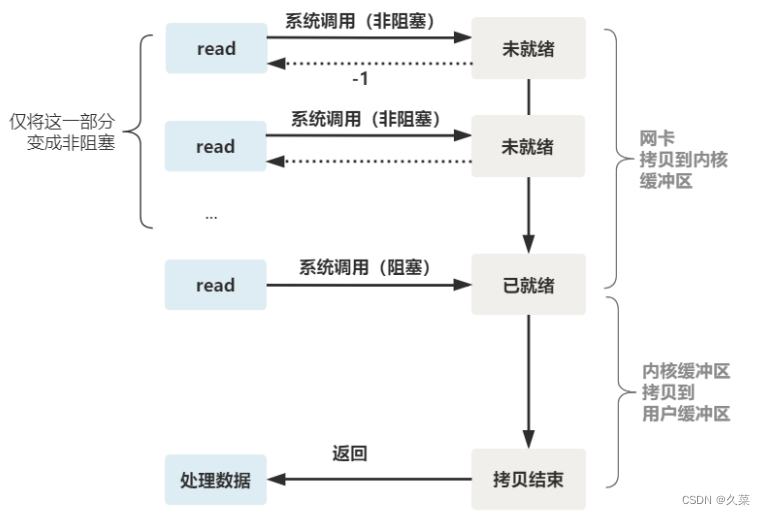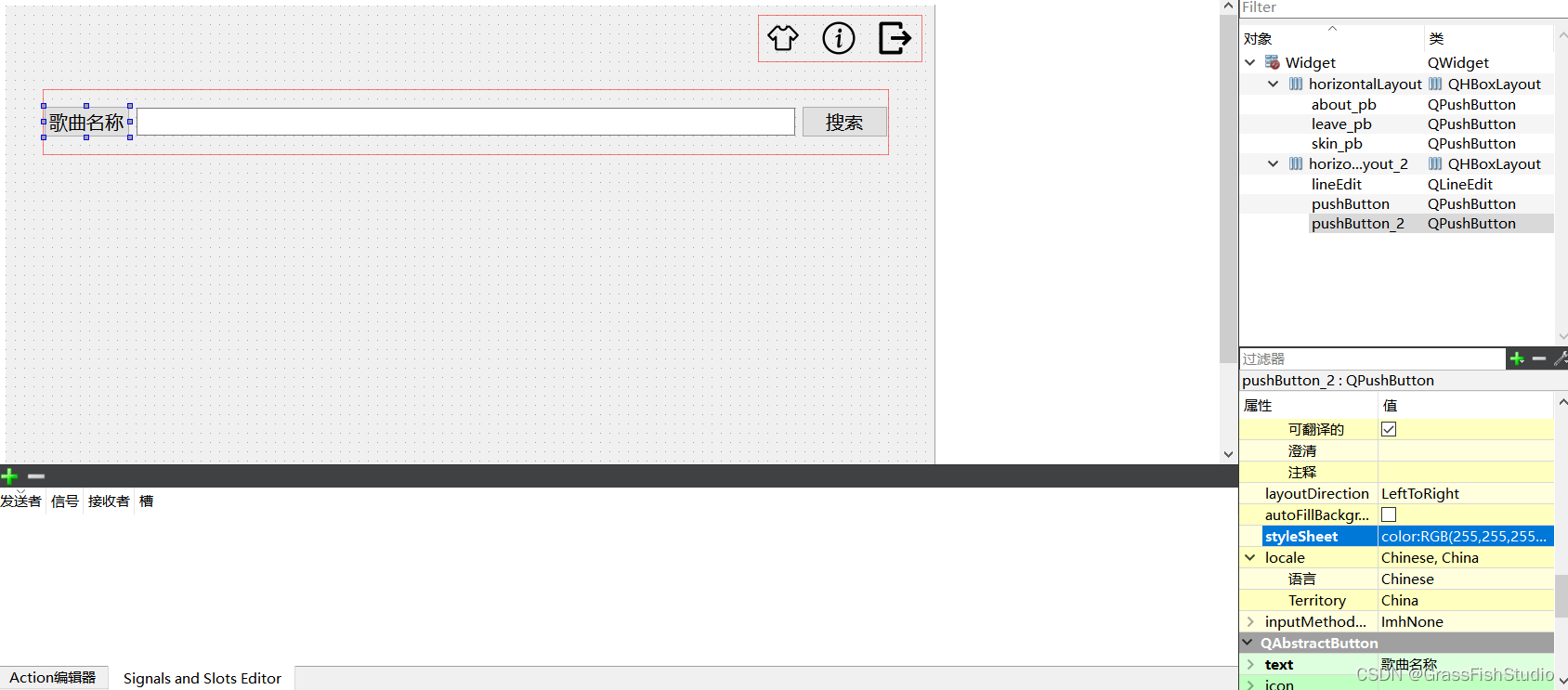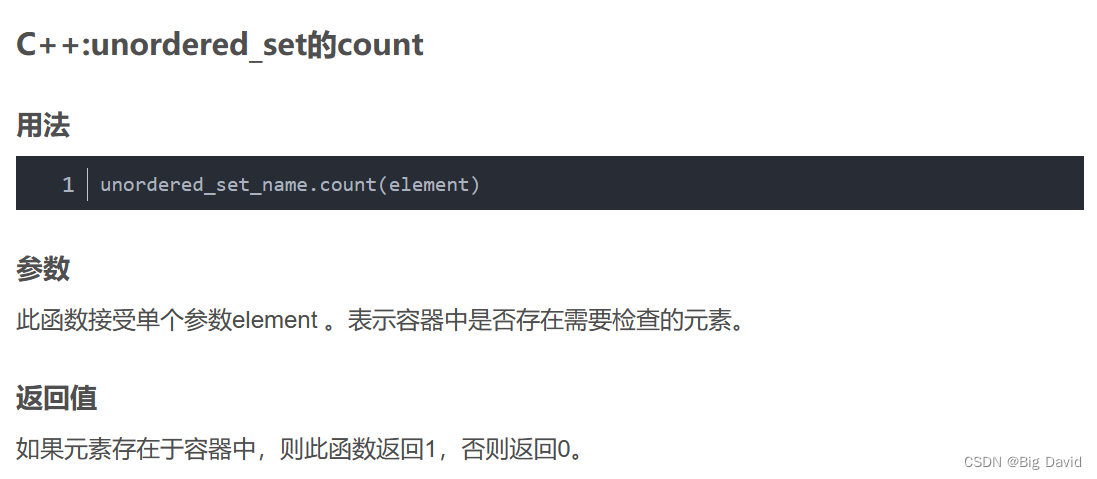bind 方法与 call 和 apply 不同,它不会立即执行函数,而是返回一个新的函数,并将指定的对象作为新函数中的 this 值。bind 方法在实际使用中常用于创建一个指定上下文的函数,以便稍后调用。
// bind方法
const bookEW = book.bind(eurowings);
bookEW(66, 'IT知识一享_bind方法');

● 我们实现执行参数的一部分,只传入部分参数即可
const bookEW66 = book.bind(eurowings, 23);
bookEW66('张三');
bookEW66('李四');
bookEW66('王二麻子');

● 和监听事件一起
lufthansa.planes = 300;
lufthansa.buyPlane = function () {
console.log(this);
this.planes++;
console.log(this.planes);
};
document.querySelector('.buy').addEventListener('click', lufthansa.buyPlane);

● 为什么会出错呢?
这个问题涉及 JavaScript 中的上下文和 this 关键字。在给 addEventListener 方法传递事件处理程序时,lufthansa.buyPlane 会丢失其原始上下文。这意味着在 lufthansa.buyPlane 方法中,this 不再指向 lufthansa 对象。相反,它指向了触发事件的 DOM 元素。
● 为了解决这个问题,可以使用 bind 方法将 lufthansa 对象绑定到事件处理程序,以确保 this 指向正确的上下文。
document.querySelector('.buy').addEventListener('click', lufthansa.buyPlane.bind(lufthansa));
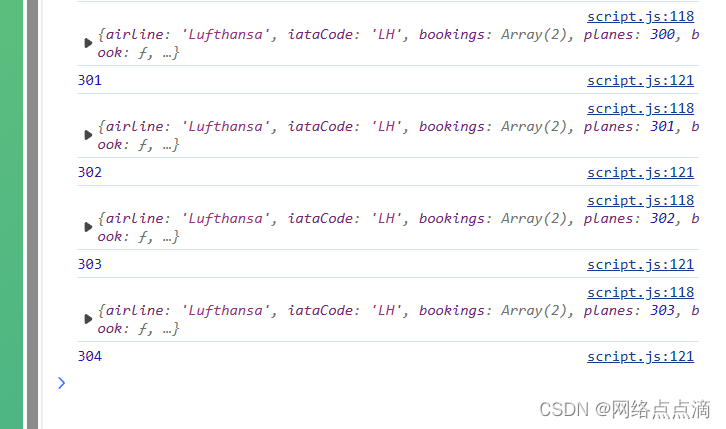
● 部分应用
计算税率和增值税
//部分应用
const addTax = (rate, value) => value + value * rate;
console.log(addTax(0.1, 200));
const addVAT = addTax.bind(null, 0.23);
console.log(addVAT(100));
console.log(addVAT(23));
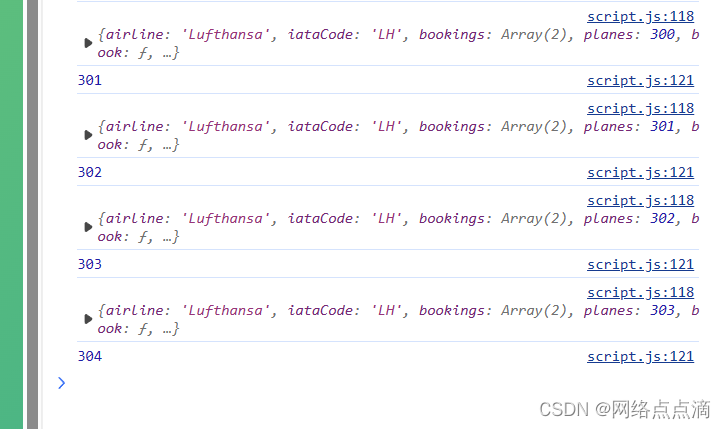
挑战
记得之前我们说过用函数返回一个函数吗?尝试这种方法实现上面的功能
参考如下
const addTaxRate = function (rate) {
return function (value) {
return value + value * rate;
};
};
const addVAT2 = addTaxRate(0.23);
console.log(addVAT2(100));
console.log(addVAT2(23));

